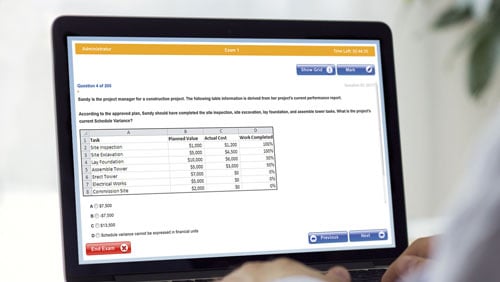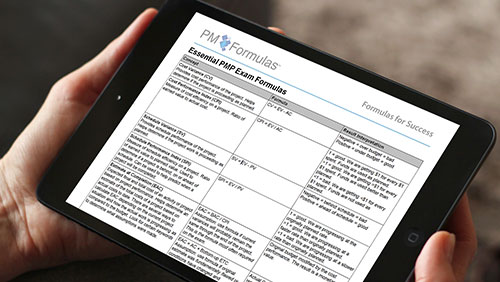Should you learn ITTOs by Heart?
 Do you feel that in order to pass the Project Management Professional (PMP)® exam you should memorize the ITTOs (Inputs, Tools, Techniques and Outputs) from A Guide to the Project Management Body of Knowledge (PMBOK® Guide)? Do you think that the PMP® exam is full of ITTO type of questions? Many people still believe this myth. Well, let me clear some misconceptions...
Do you feel that in order to pass the Project Management Professional (PMP)® exam you should memorize the ITTOs (Inputs, Tools, Techniques and Outputs) from A Guide to the Project Management Body of Knowledge (PMBOK® Guide)? Do you think that the PMP® exam is full of ITTO type of questions? Many people still believe this myth. Well, let me clear some misconceptions...
Many project managers have successfully passed the PMP exam without any memorization. The current PMP exam is all about an in-depth understanding of applying project management concepts and principles from the PMBOK® Guide as well as general management knowledge from other sources to project situations.
Granted, ITTOs are a major part of the PMBOK® Guide and about 75% of material for the PMP Exam is taken from the PMBOK® Guide. So it’s understandable that we assume because there are hundreds of ITTOs in the Guide the exam must be full of knowledge-based questions about them. And sample questions like “Which of the following is not an Input of the Create WBS process?” are plentiful on the internet.
So should you, or should you not memorize them?
Here is my story: When I studied for my PMP exam I knew them by heart. I could tell you exactly which ITTO is used in which process. But I took my exam years ago. Since then the PMP exam has become more experience-based using situational questions over knowledge-based questions.
Therefore a change in approach is needed.
It is still important to have a general understanding about which ITTO is used in which process, but you do not need to be able to recite them by heart. It is much more important to understand the concept of "Why is this ITTO used in this process?" Your knowledge about WHY an ITTO is used in a process will definitely help you to arrive at the right answer.
Additionally, this new approach is much more helpful for you as a project manager in the long run. Frankly speaking, who cares whether an ITTO is part of a particular process or not after you have passed the PMP exam? If you need to know, you can just look it up! But knowing what they are, why you need them and how to apply them successfully on your projects greatly enhances your project management skills. It goes a long way in making you an exceptional project manager.
As you are studying the ITTOs for your PMP Exam, keep the following concepts in mind
First of all, Inputs and Outputs are always “things”, like a project management plan, a measurement, a result, an update to a plan, a document or a deliverable. You can touch Inputs and Outputs.
Second, it is very common that an Output from one process becomes an Input to another process. Focus your studies on understanding how these items flow through the many processes in the PMBOK® Guide in order to produce our project deliverables. Use the many charts that the Guide provides to see this graphically.
Third, Tools & Techniques very often have some form of “action” attached to them, like a meeting, a methodology, a technique, a form that you must fill in, or a matrix that you create.
And lastly, don’t forget to read the complete PMBOK® Guide glossary. Study and understand the definitions of the roughly 350 terms that you find here. Again, you are not doing this for memorization sake, but instead you want to learn “the language” of the PMP exam. Often we use project management terms loosely and interchangeably in our day to day work. But for the exam we have to know exactly what each term means.
Reading the glossary ensures that you know the correct definitions, and, as a bonus, the glossary indicates for each term if it is an input/output, tool or technique.
So move beyond a third-graders approach of fact memorization. Instead, study the big picture, the data flows and how the ITTOs are the glue between the processes.


